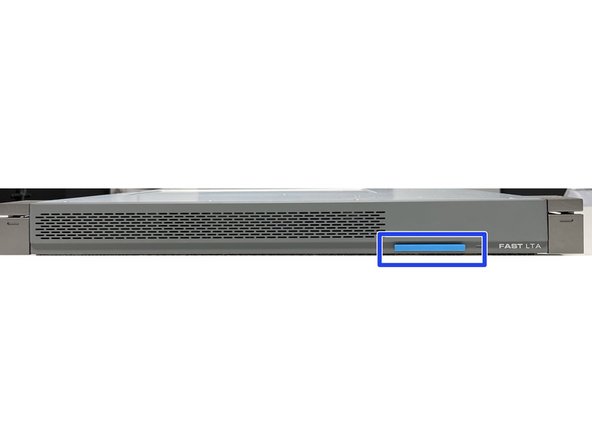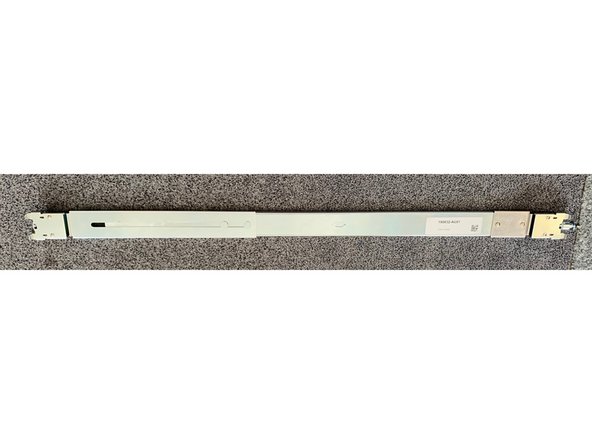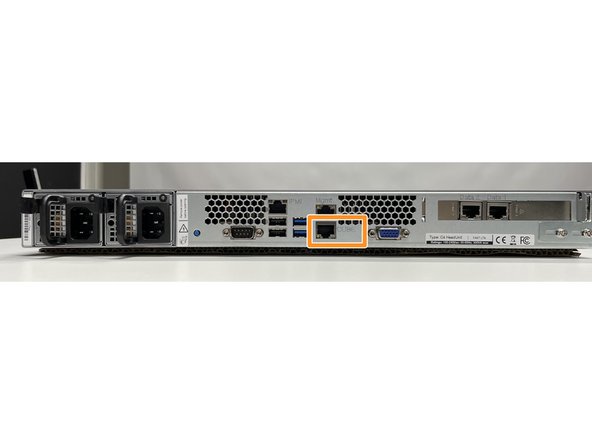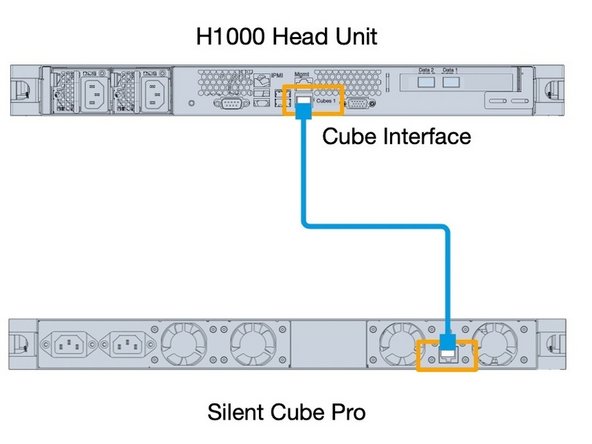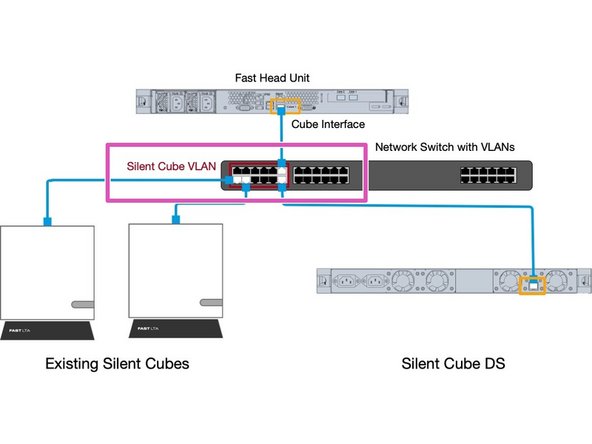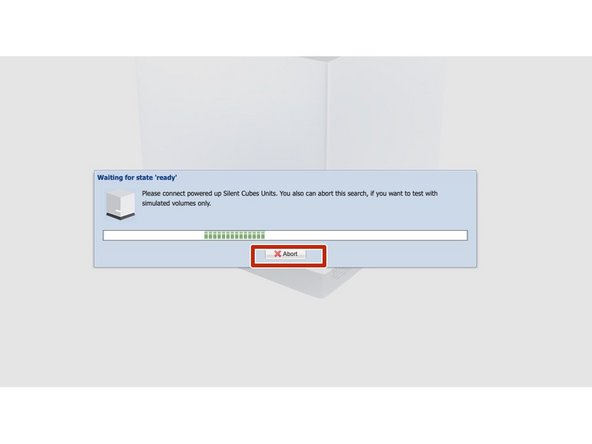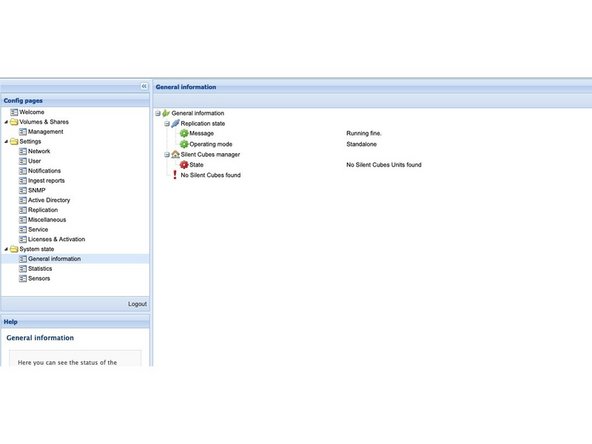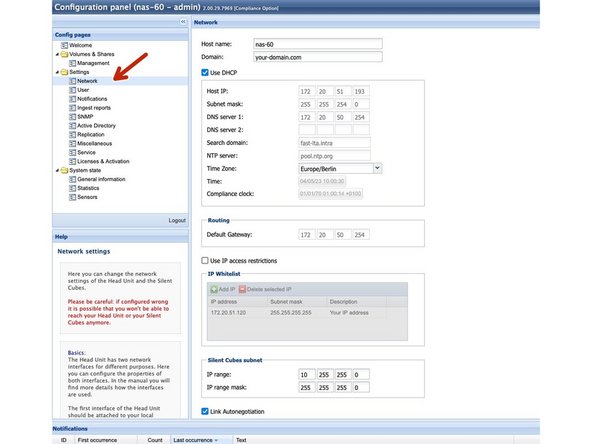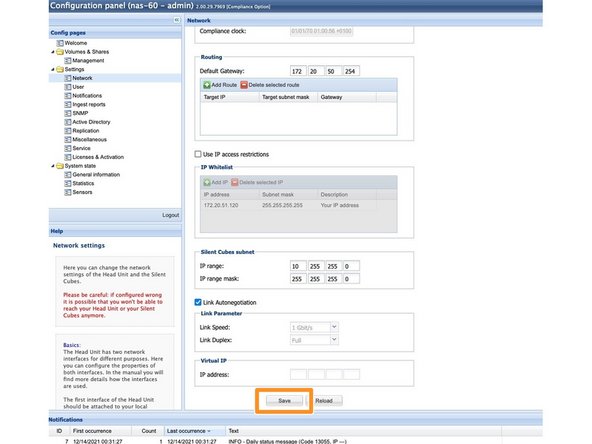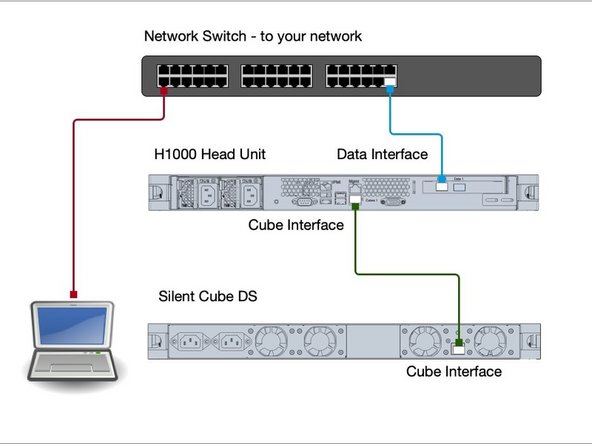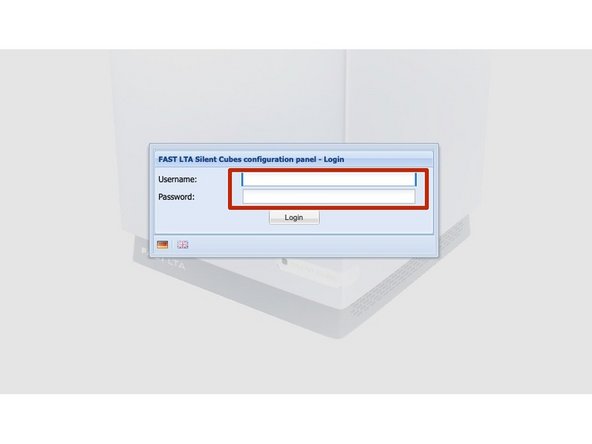-
-
Ein Silent Cube-System besteht immer aus einer Head Unit und einer Silent Cube.
-
Die Head Unit ist die Brücke zwischen den Silent Cube Speichereinheiten und Ihrem Netzwerk.
-
Auf dem Head Unit läuft das Betriebssystem FAST LTA und dient zur Administration und Verwaltung des Systems. Die Head Units werden grundsätzlich vorinstalliert ausgeliefert.
-
Der Head Unit speichert die Daten, die in den Silent Cube geschrieben oder von dort gelesen werden.
-
Die Silent Cube ist die revisionssichere Speichereinheit. Die Verwaltung der angeschlossenen Silent Cubes erfolgt über die Head Unit.
-
An einen Head Unit können bis zu 128 Silent Cubes, unterschiedlicher Größe angeschlossen werden.
-
Zur Verbesserung der Zuverlässigkeit können die Systeme in einem Replikationsnetzwerk betrieben werden. Dazu wird auf beiden Seiten ein Head Unit und die gleiche Anzahl an Cubes benötigt.
-
-
-
Raum
-
1 HE Rackplatz für den H1000 Head Unit -
1 HE Rackspace für jeden Silent Cube DS. Silent Cube DS-Systeme werden direkt mit Rack-Schienen installiert und benötigen keine Rack-Basis.
-
6 HE Rackplatz für einen Silent Cube Classic. Silent Cube Classic benötigen einen Boden, auf dem sie aufgestellt werden können. Bis zu 4 Silent Cube Classic passen auf einen Rackboden.
-
-
-
Alle H1000 Head Units verfügen über eine herausziehbare Karte auf der Vorderseite, die die folgenden Informationen enthält.
-
Head Unit Typ
-
Seriennummer des Systems - zB für Supportfälle
-
MAC-Adresse der Datenverbindung
-
MAC-Adresse der installierten IPMI / ILO-Karte
-
Standardkennwort für die Konfiguration der IPMI-Karte über das System-BIOS der Maschine
-
-
-
Bitte montieren Sie die Einheiten wie in den mitgelieferten Schnellstartanleitungen beschrieben.
-
Sollten Sie weitere Unterlagen zur Installation benötigen, senden wir Ihnen diese gerne zu.
-
Anbei finden Sie die Montageanleitung für das Schienenset - Mount Rail Set.pdf
-
-
-
Die Netzwerkanschlüsse am Head Units sind vorbelegt und dürfen nicht vertauscht werden.
-
Bei allen neueren Head Units gibt es 2 Anschlüsse, die mit Data beschriftet sind. Diese dienen zum Anschluss der Head Unit an das Kundennetzwerk. Es ist auch möglich, nur einen Port zu verwenden.
-
Die beiden LAN-Ports sind im Aktiv-Backup-Modus konfiguriert. Werden beide genutzt, ist nur ein Port aktiv. Fällt dieser aus, wird auf den anderen Port mit gleicher MAC- und IP-Adresse umgeschaltet.
-
Anschließend gibt es noch eine Cube-Verbindung. Hier werden die Silent Cube-Speichereinheiten angeschlossen. Sollen mehr als eine Silent Cube-Einheit angeschlossen werden, ist ein Office-Switch oder ein dediziertes VLAN zwischen den Head Unit-Einheiten erforderlich.
-
Auf der Cube-Schnittstelle läuft ein DHCP-Server, der den angeschlossenen Silent Cube-Speichereinheiten IP-Adressen aus dem Silent Cube-Netzwerk des Head Unit zur Verfügung stellt.
-
Wenn Sie ein VLAN einrichten möchten, muss dieses völlig unabhängig vom restlichen Netzwerk sein und einen Port für den Anschluss der Head Unit sowie die Anzahl der anzuschließenden Cubes enthalten. Die Ports müssen unmarkiert sein, da die Head Unit und die Cubes keine VLAN-Informationen verarbeiten können.
-
Für ein repliziertes Silent Sube-System werden 2 solcher VLANs für die Cubes der Primary und Secondary Head Unit benötigt.
-
-
-
Wenn Sie nur eine Cube und eine Head Unit haben, können diese direkt über die Cube-Schnittstelle verbunden werden.
-
Bei einem replizierten System muss dies für beide Systeme durchgeführt werden.
-
-
-
Möglichkeit 1 - Wenn Sie mehr als eine Cube haben oder ein bestehendes System erweitern, benötigen Sie einen Schalter zwischen den Head Units.
-
Möglichkeit 2 - Wenn Sie die Silent Cubes an Ihren vorhandenen Netzwerkswitch anschließen möchten, benötigen Sie für die Cube-Verbindung ein vom restlichen Netzwerk getrenntes VLAN, in dem nur die Cube-Verbindung der Head Unit und die Silent Cubes verbunden sind.
-
-
-
Verbinden Sie die Datenports mit Ihrem Netzwerk. Schließen Sie noch keine Cube an das System an.
-
Schließen Sie nun beide Netzteile an eine Steckdose an. Der Rechner bootet nun automatisch. Je nach Typ der Head Unit dauert dies etwa 2 Minuten.
-
Die Netzwerkkarte Ihres Laptops muss so konfiguriert sein, dass sie eine IP-Adresse per DHCP erhält. Dies ist in den meisten Fällen die Standardeinstellung.
-
Sie sollten nun eine IP-Adresse aus dem Cube-Netzwerk der Head Unit erhalten. (10.255.255.x)
-
Verwenden Sie nun Ihren Browser und gehen Sie zur Adresse https://10.255.255.254 und die Anmeldeseite des Systems sollte erscheinen.
-
Melden Sie sich nun mit dem Standardkonto an. Konto: admin, Passwort: adminadmin
-
-
-
Da die Head Unit aktuell keine Cube angeschlossen hat, sucht sie nach einer Cube. Beenden Sie die Cube-Suche mit Abbrechen
-
Sie sollten nun die Übersichtsseite des Systems sehen. Dort sehen Sie eine Fehlermeldung, dass kein Cube angeschlossen ist – diese kann derzeit ignoriert werden.
-
-
-
Gehen Sie zu Netzwerk, um die IP-Einstellungen für das System zu konfigurieren
-
Wir empfehlen dem System eine feste IP-Adresse zuzuweisen. Dies ist bei einem replizierten System unbedingt erforderlich!
-
Entfernen Sie hierzu den Haken bei „DHCP verwenden“.
-
Stellen Sie nun die benötigten Daten wie IP-Adresse, Netzwerkmaske und Gateway ein.
-
Bitte achten Sie darauf, dass ein entsprechender Zeitserver (NTP) eingestellt ist. Da für die Archivierung von Daten Ablaufzeiten benötigt werden, ist ein Zeitserver zwingend erforderlich.
-
Der Zeitserver kann ein NTP-Server in Ihrem Netzwerk oder beispielsweise der DNS-Server oder AD-Controller sein.
-
-
-
Das Netzsegment für die Silent Cubes sollte möglichst nicht geändert werden. Dies ist nur dann notwendig, wenn es sich mit dem Netzsegment überschneidet, in dem das Cube-System betrieben wird.
-
Mit „Speichern“ die Einstellungen speichern
-
-
-
Verbinden Sie nun den Cube mit dem Cube-Anschluss des Head Unit.
-
Nun die beiden Stromanschlüsse des Cube stecken.
-
Die Cube wird jetzt gebootet. Dies dauert etwa 2 Minuten.
-
Nun sollten Sie das System über https:// erreichen können.<Your IP address> über den Browser.
-
Melden Sie sich mit admin / adminadmin am System an.
-
Unter „Allgemeine Informationen“ sollte nun eine graue Cube angezeigt werden. (Grau = unbenutzt)
-
-
-
Wenn Sie ein zweites System haben, müssen Sie diese Schritte auch für das zweite Head Unit durchführen.
-
Um das System in das Replikationsnetzwerk aufzunehmen, dürfen auf der Secondary Head Unit keine weiteren Konfigurationen außer den Netzwerk- und Maileinstellungen vorgenommen werden. Andernfalls kann die Replikation nicht mehr eingerichtet werden!
-
Fast fertig!
Ziellinie







